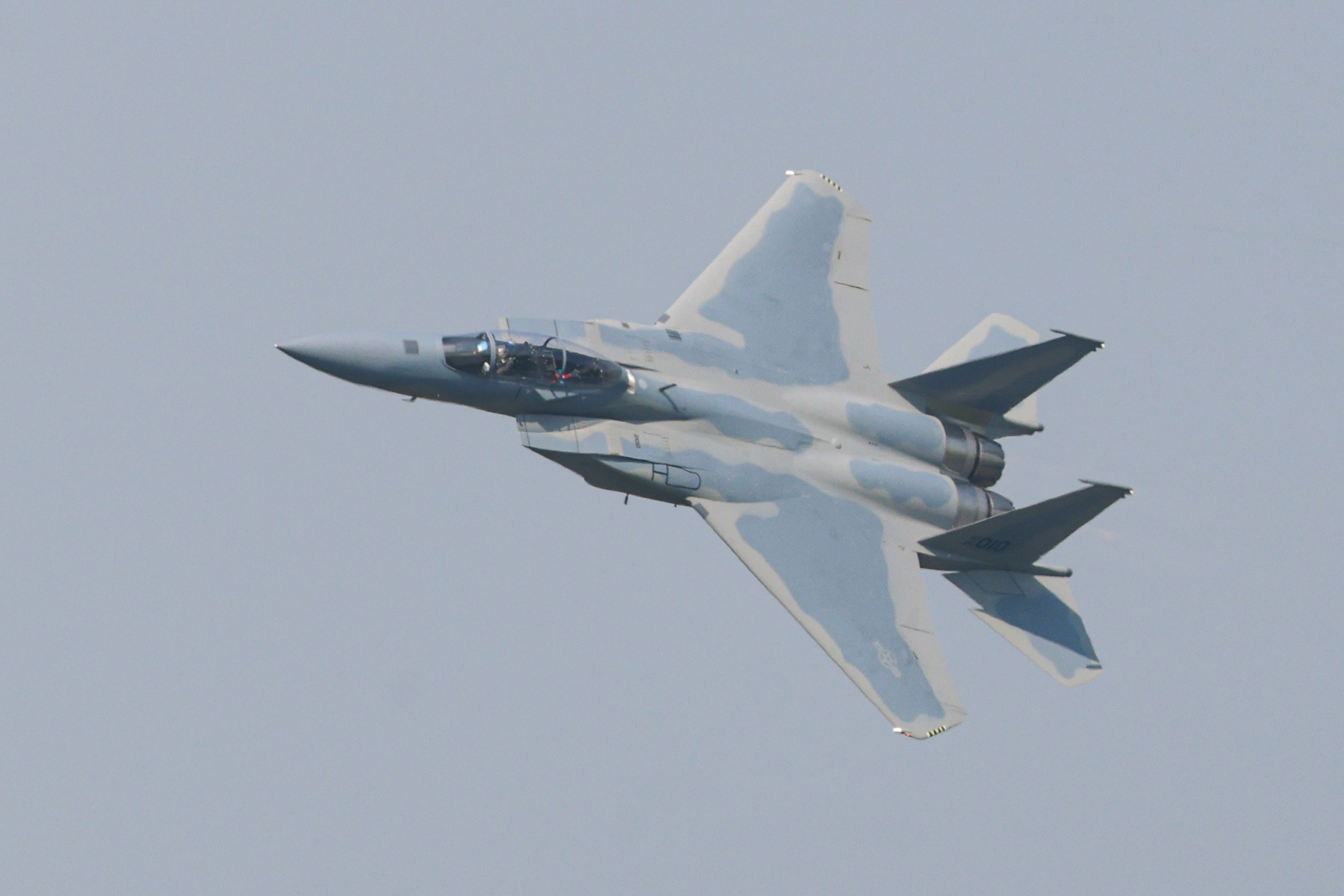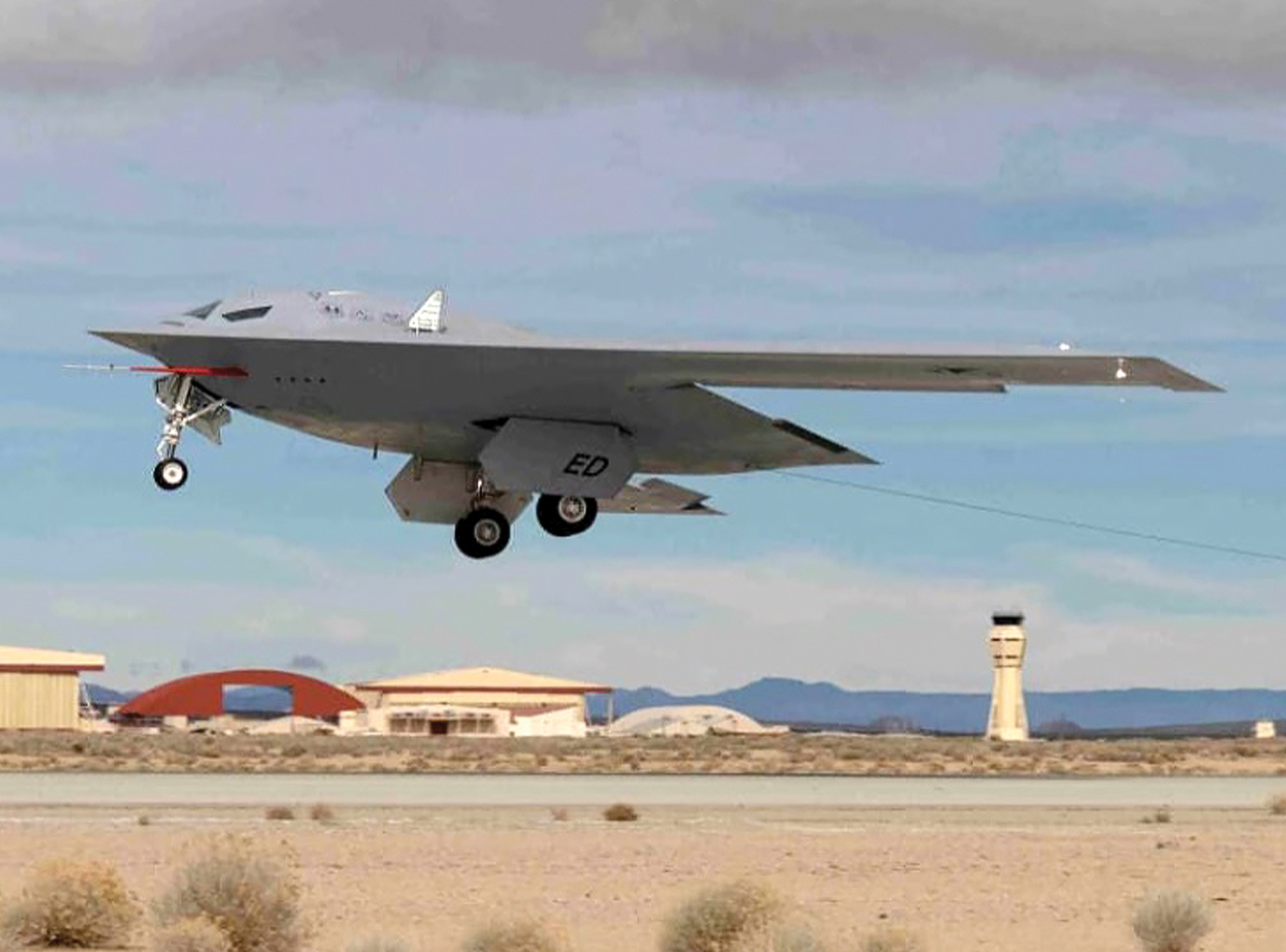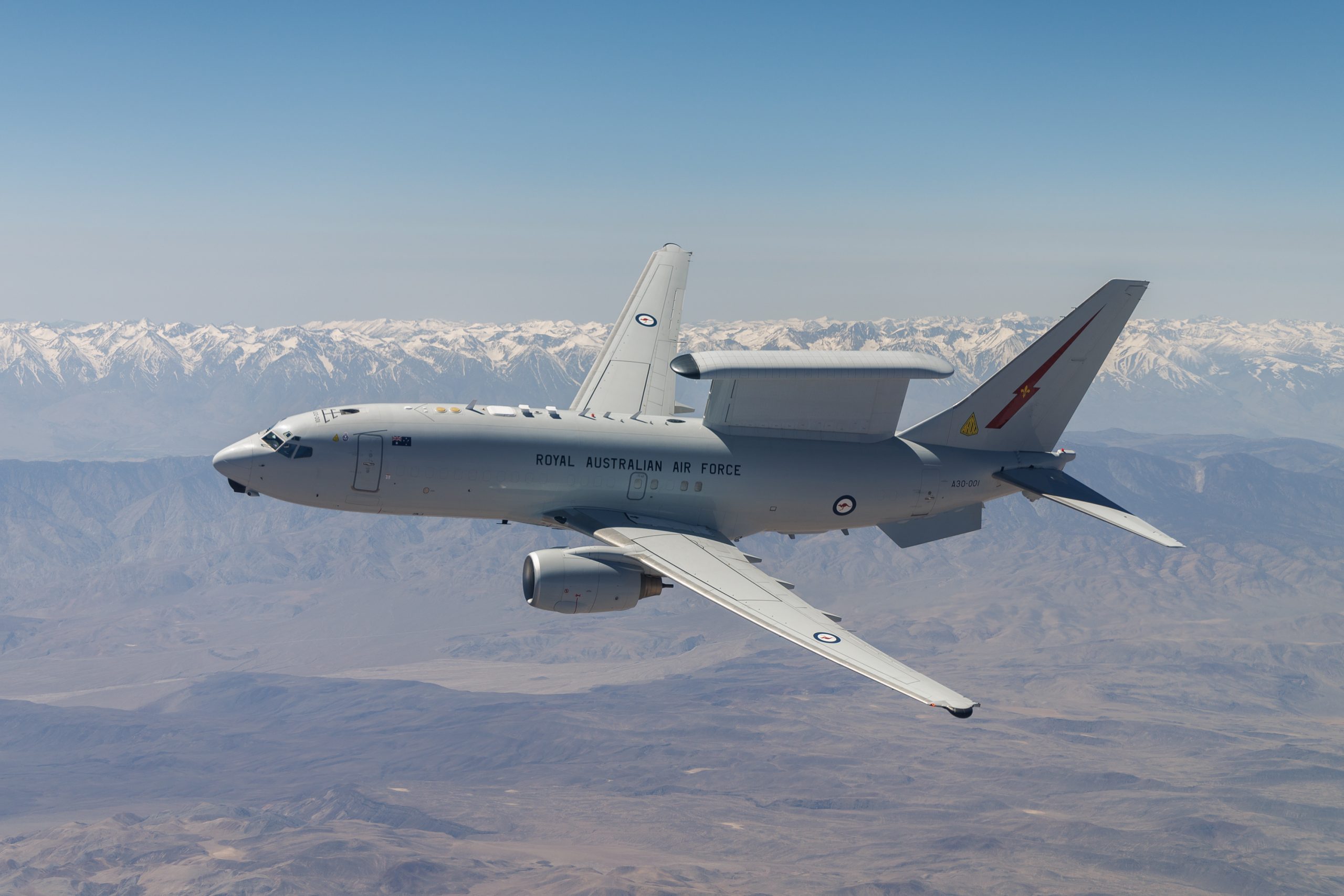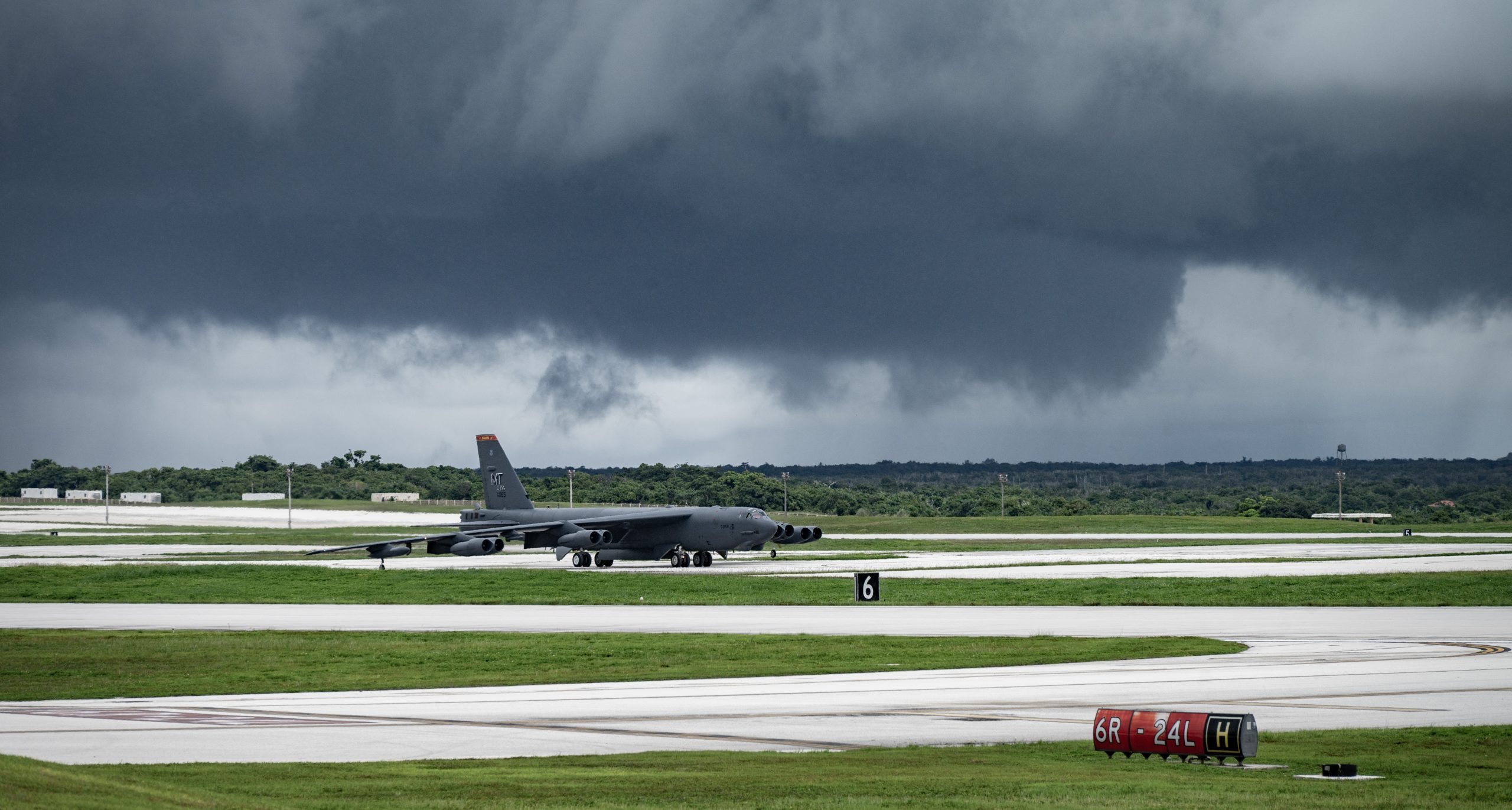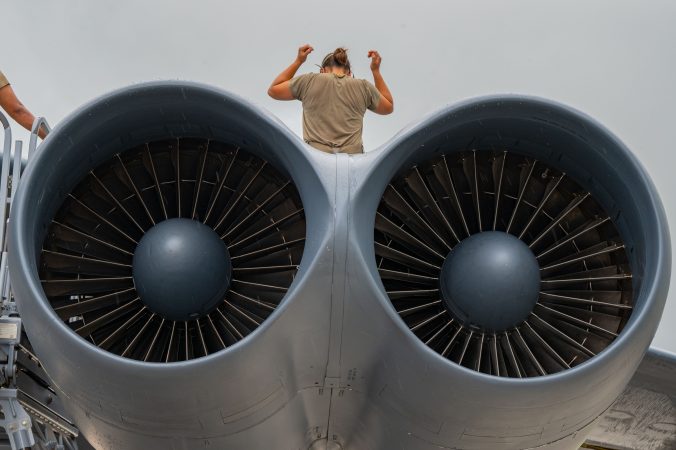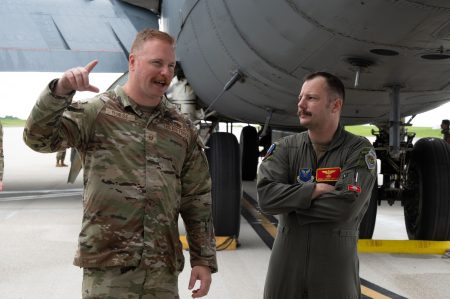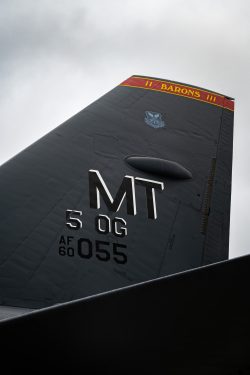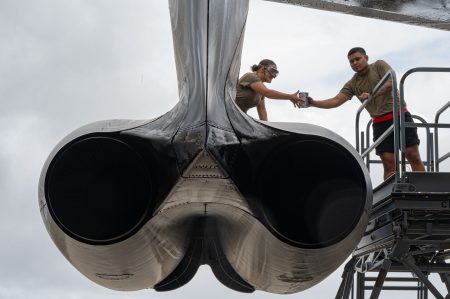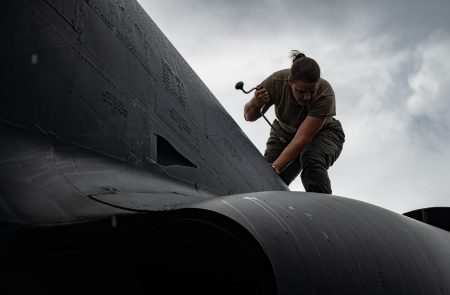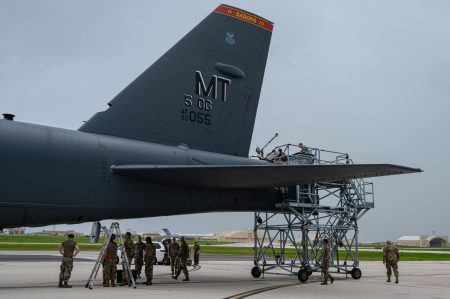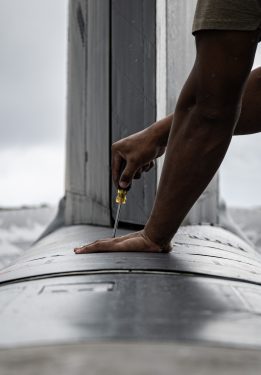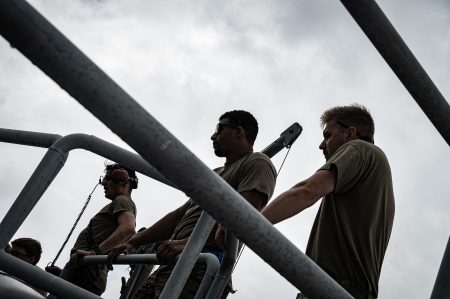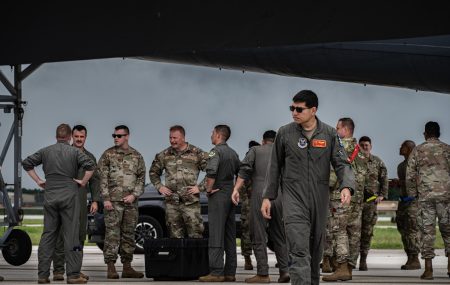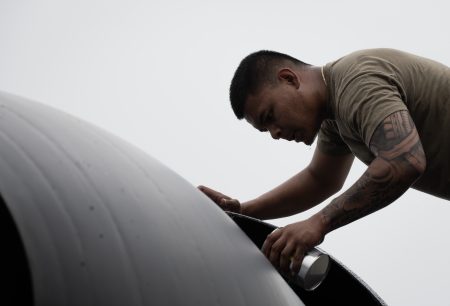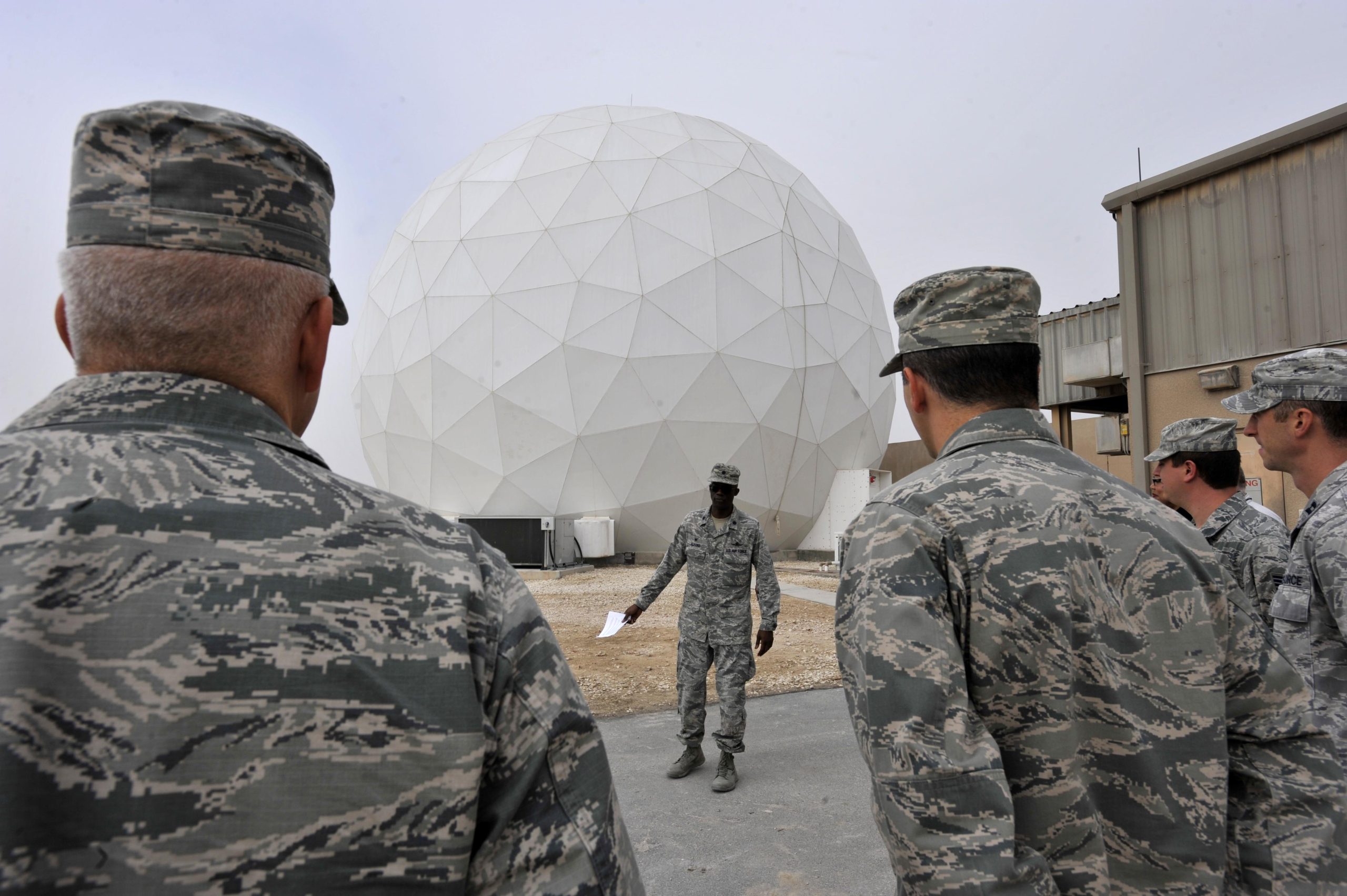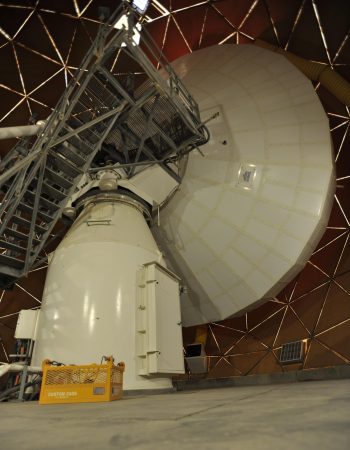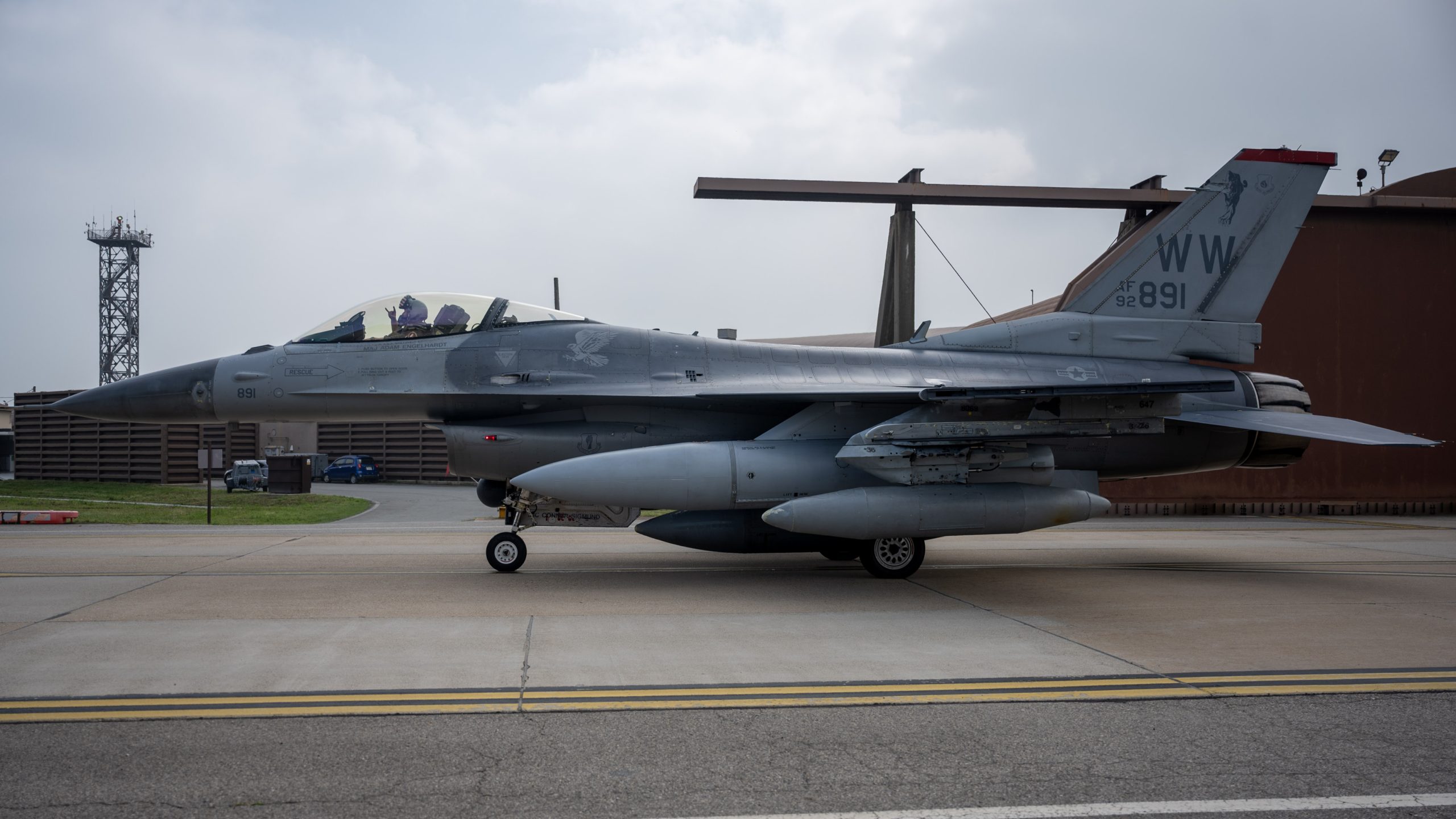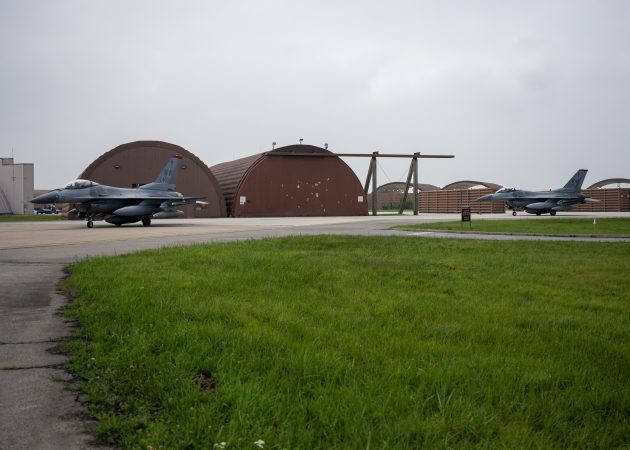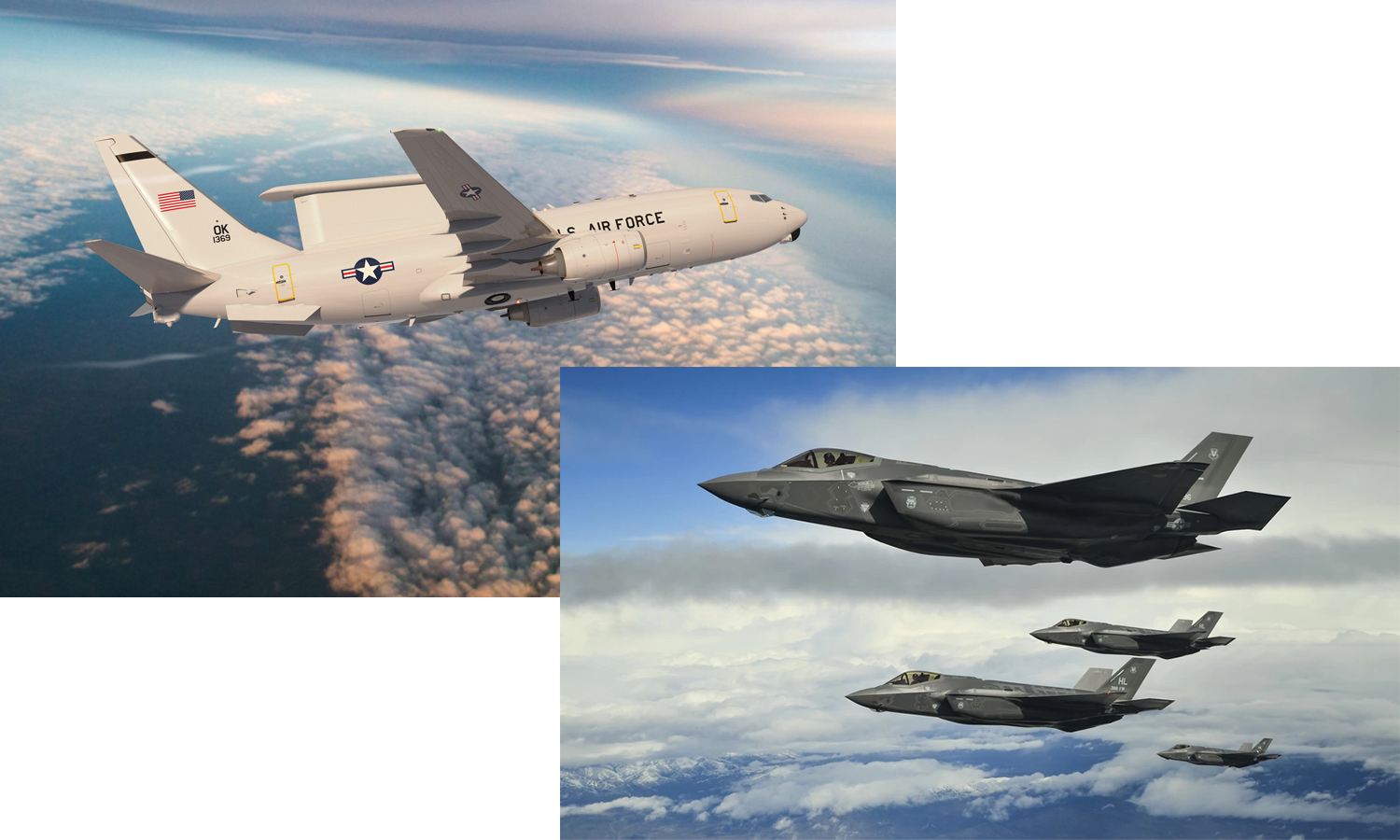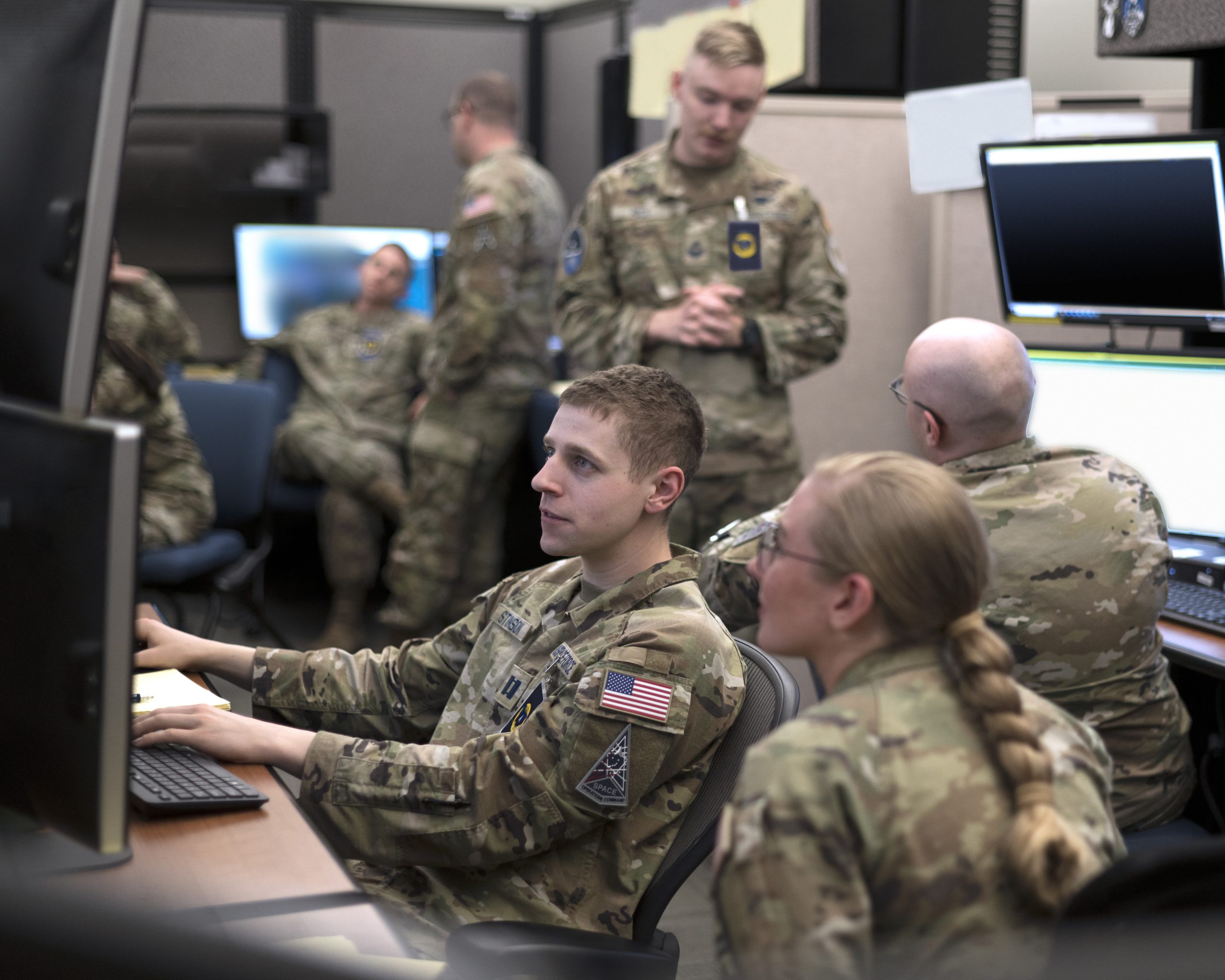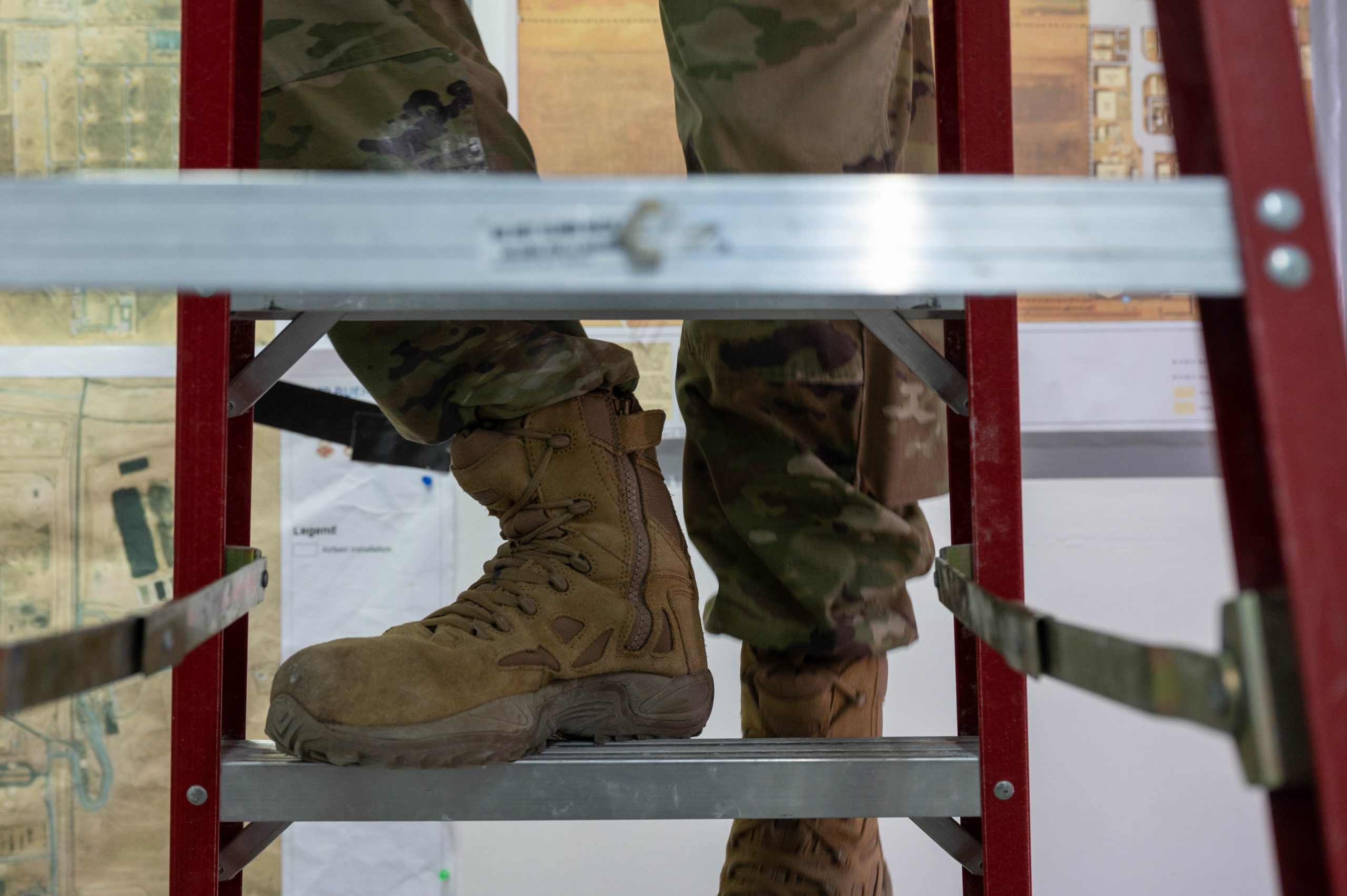Two F-15EX Eagle II fighters arrived for training at Kadena Air Base, Japan, July 12 as the base gears up to receive a permanent fleet of the jets next spring.
The two F-15EXs deployed from the 85th Test and Evaluation Squadron at Eglin Air Force Base, Fla., to “conduct integration and familiarization training with local units” in Japan, Kadena’s 18th Wing said in a news release.
The Air Force has rotated fighters, including fifth-generation F-35s and F-22s and fourth-generation F-15Es and F-16s, through Kadena since 2022.
That’s when the Air Force announced plans to withdraw the 48 aging F-15C/D Eagles, based on Okinawa for the past five decades, and eventually replace them with 36 F-15EX Eagle IIs, the latest model of the jet. There has been a continuous U.S. fighter jet presence in Okinawa, a strategically important location some 400 miles east of Taiwan, since the 1950s.
“This short-term visit marks a key milestone in the Department of Defense’s ongoing effort to modernize U.S. airpower in the region and deter against evolving threats,” the wing’s release stated. “It also prepares Kadena personnel for the arrival and future sustainment of the F-15EX in Spring 2026.”
The 18th Wing did not immediately provide further details on what the training will entail.
Air Force leaders have expressed confidence that the transition to the Eagle II will be smooth, even as the service moves towards shorter deployments to smaller, more dispersed operating locations under the agile combat employment model.
“The airplanes are new; the pilots, crews, and maintainers are not necessarily new,” Pacific Air Forces commander Gen. Kevin B. Schneider told Air & Space Forces Magazine last fall. “There will be some learning as it comes to putting a new platform into these environments, and we’ll probably learn a few lessons about the capabilities of the F-15EX … [but] I don’t think it’s going to be a significant transition.”
The visiting test F-15EXs can help ease that transition, the wing said.
“Bringing the F-15EX here gives our pilots and maintainers the chance to train in the environment where they’ll operate it daily,” Brig. Gen. Nicholas Evans, the outgoing 18th Wing commander, said in a release. “This visit ensures we can seamlessly integrate the aircraft into our mission sets and maintain the airpower advantages needed in this region.”
Brig. Gen. John Gallemore took over command of the 18th Wing from Evans July 14.
“This wing plays a critical role in safeguarding peace, strengthening our alliance with Japan, and standing ready to defend our shared interests in the region,” Gallemore said during the change-of-command ceremony.
The Air Force is modernizing its fleet of permanently stationed fighters elsewhere in Japan as well. In June, Misawa Air Base in Japan began transferring its F-16s to Osan Air Base in South Korea. Air Force officials said the move makes way for the F-35 Lightning II jets Misawa is slated to receive next spring, around the same time as Kadena will get its new aircraft. Osan, meanwhile, is using the F-16s to replace its retiring A-10 Thunderbolt II attack planes.
The Air Force plans to rotate a mix of fighters through Misawa, as it has done with Kadena, during the transition. Once complete, the 51st Fighter Wing will have given up 36 F-16s for 48 F-35s.
Misawa will be the Air Force’s second overseas base to permanently host the stealth jets, following RAF Lakenheath in England. The Marines have also deployed F-35Bs to Japan at Marine Corps Air Station Iwakuni.
Meanwhile, Kadena will have the latest fourth-generation fighters.
“Outfitted with cutting-edge avionics, advanced weapon systems, and expanded offensive and defensive capabilities, the F-15EX ensures Kadena remains postured to address the dynamic security environment in the Indo-Pacific region,” the 18th Wing said.
